5 Common Myths Spread About Solid Gold vs. Gold-Filled Watch Cases
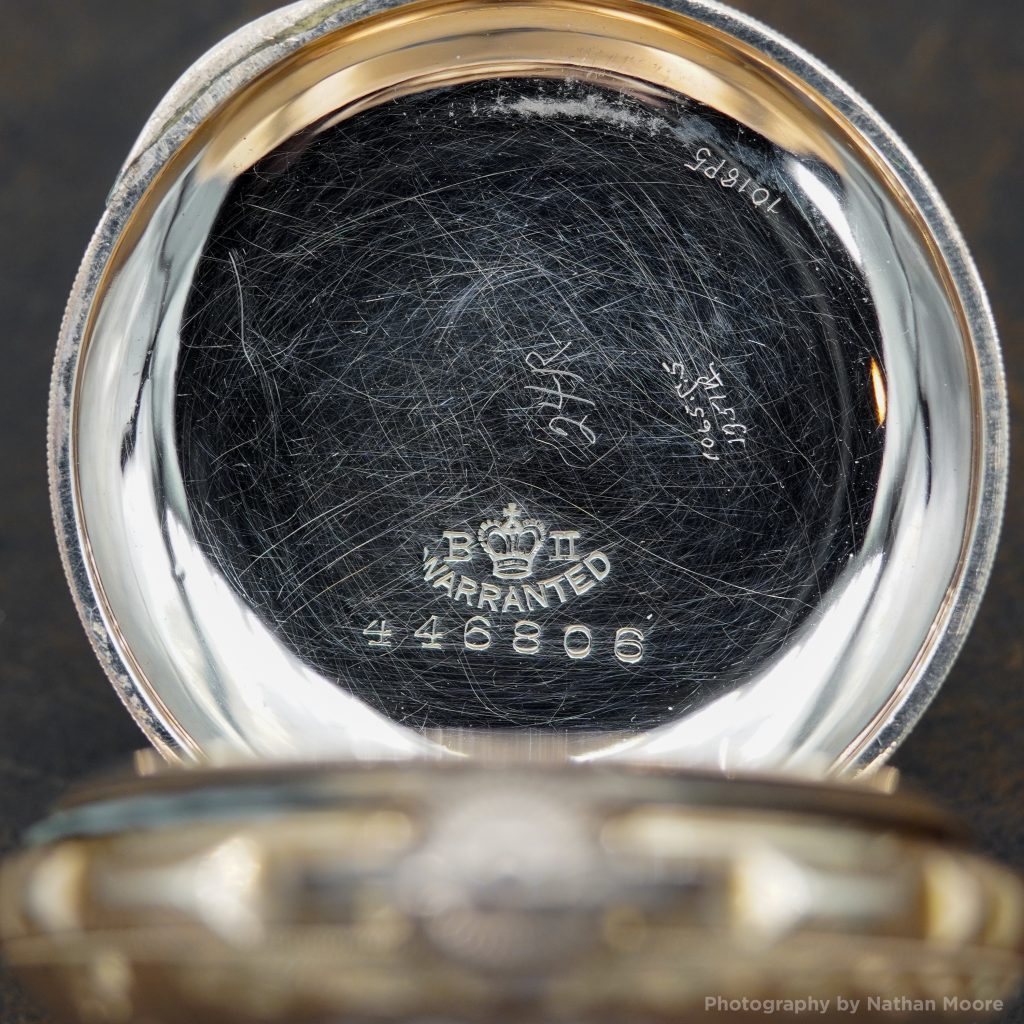
Modern collectors frequently debate the type of markings applied to gold and gold-filled pocket watch cases. Unfortunately, these discussions have perpetuated various myths about what distinguishes a solid gold case from a gold-filled case, based on case markings. This article aims to explore these myths that are continuously propagated in discussions.
Note: To maintain conciseness, the term “gold-filled” used in this article should also be interpreted to include the classes of “rolled gold plate” and “electropated” cases as well. The objective is to explore the difference between solid gold cases and gold alternative materials. Gold-filled is the most common form of this alternative and is used to represent the group of layered composition cases.
Myth 1: Cases marked “Warranted” are always gold-filled.
The marking habits of American watch case companies evolved over time. During the late 19th century, it was common to stamp “Warranted U.S. Assay” or “Warranted Carat Fine” on solid gold watch cases. This mark, typically accompanied by a purity indicator (e.g., 14K or 18K), implied a guarantee to the customer that the case material would assay at the stated purity or higher. Gold-filled cases also received warranty marks, but they were typically (not always) accompanied by a year-based guarantee. Because the word “warranted” was used in association with both case materials, it cannot be used as a reliable indicator.
Myth 2: Cases marked “Warranted” are always solid gold.
This myth is the inverse of the first myth, but it is still occasionally asserted in discussions. Cases manufactured by the Muhr factory are a classic example of ambiguous marks that are sometimes interpreted as being solid gold. Because “Warranted” markings were used on both gold-filled and solid gold cases, this word alone cannot be utilized as a reliable indicator. To add to further confusion, in 1905, the United States outlawed marks that implied a government-backed guarantee. So, marks such as “Warranted U.S. Assay” disappeared after the law was passed.
Myth 3: Cases marked “14K” are solid gold if no other guarantee is present.
Some case companies marked gold-filled cases with the gold purity used for the outer material. However, a “14K” mark alone does not indicate the case is solid gold. In the 1890s, Fahys’ “Monarch” case was simply marked “Patented Fahys Monarch 14K.” This mark has led to some Monarch cases being represented as solid gold when they are actually gold-filled. Muhr is another case company that stamped some gold-filled cases with purity marks while leaving the composition ambiguous. This problem became more significant in the 1890s and early 1900s. Earlier cases were not generally represented in this way, so early cases marked “14K” can be interpreted more directly.
Myth 4: Cases without a year guarantee are always solid gold.
The explicit marking of year-based guarantees on gold-filled watch cases did not become common practice until the late 1890s. Prior to that time, guarantees were extended to the customer but were generally communicated on a paper insert rather than being marked directly on the case. Therefore, a marking indicating a year guarantee is not a reliable indicator that the case is gold-filled or not.

[Image Courtesy of eBay]
Myth 5: Dueber cases without an embossed “raised” mark are gold-filled.
This myth deserves a full article exploring the company’s marking habits over time. Early solid gold cases produced by Dueber featured embossed markings – a fairly reliable indicator for early case production. However, marking habits evolved over time, and Dueber eventually utilized a stamped marking for solid 14K cases later in production. Unfortunately, modern reference books often claim that “raised” anchor marks indicate solid gold, suggesting that stamped marks are gold-filled. This misunderstanding has led to some solid 14K Dueber cases from later production to be sold as gold-filled.

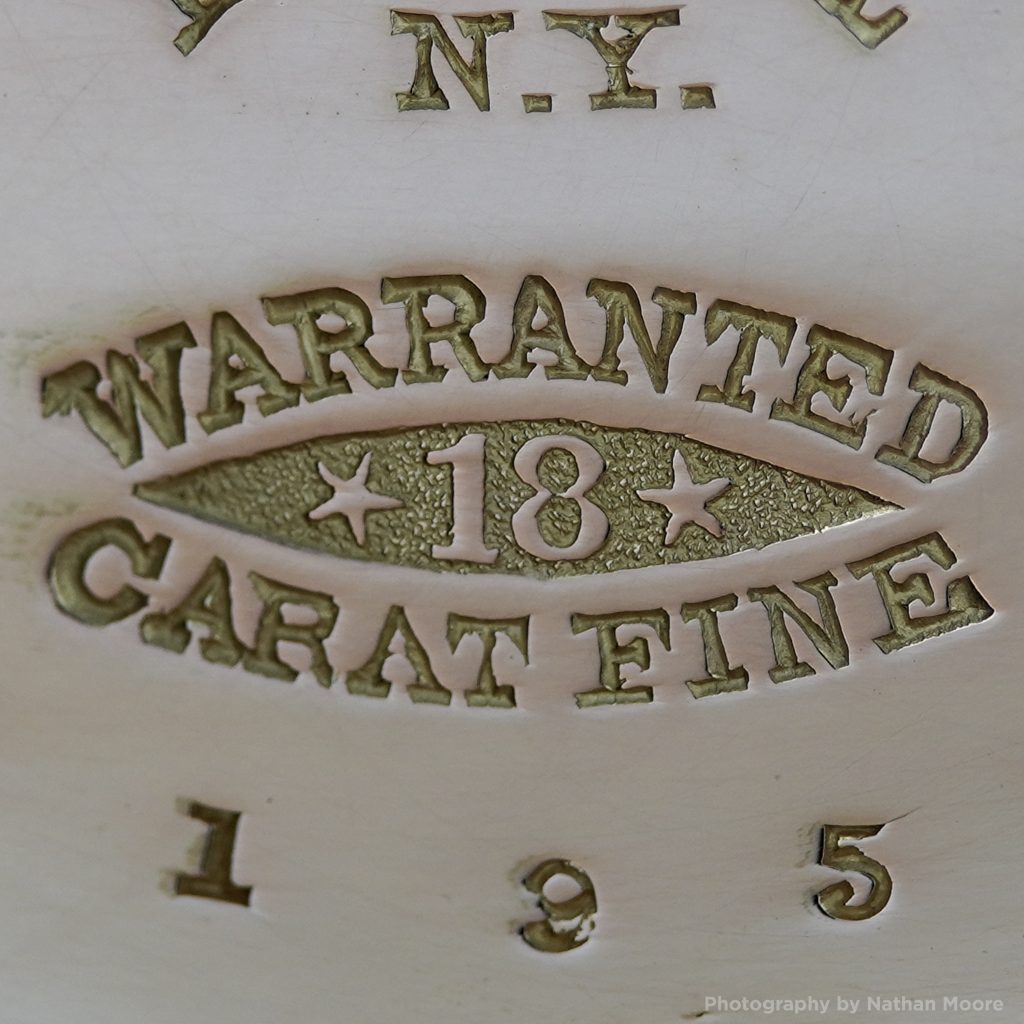
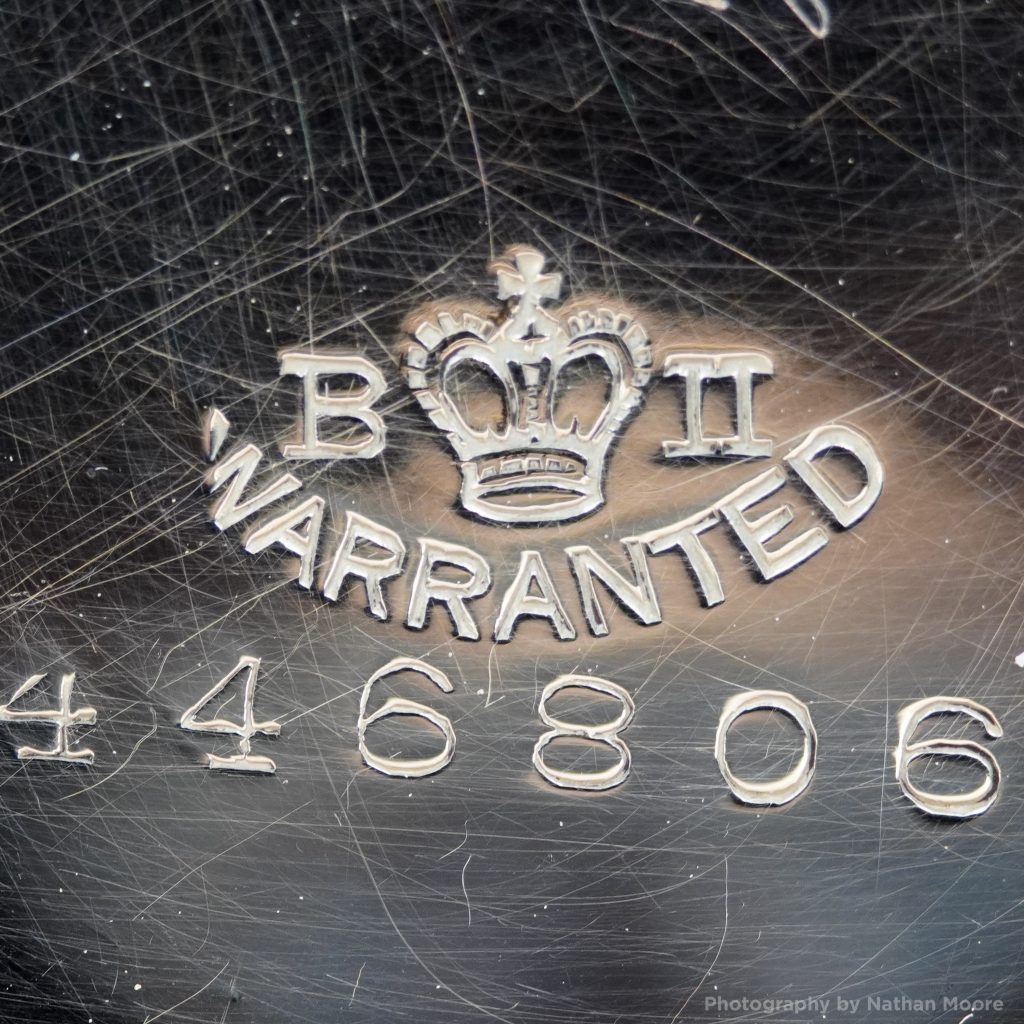


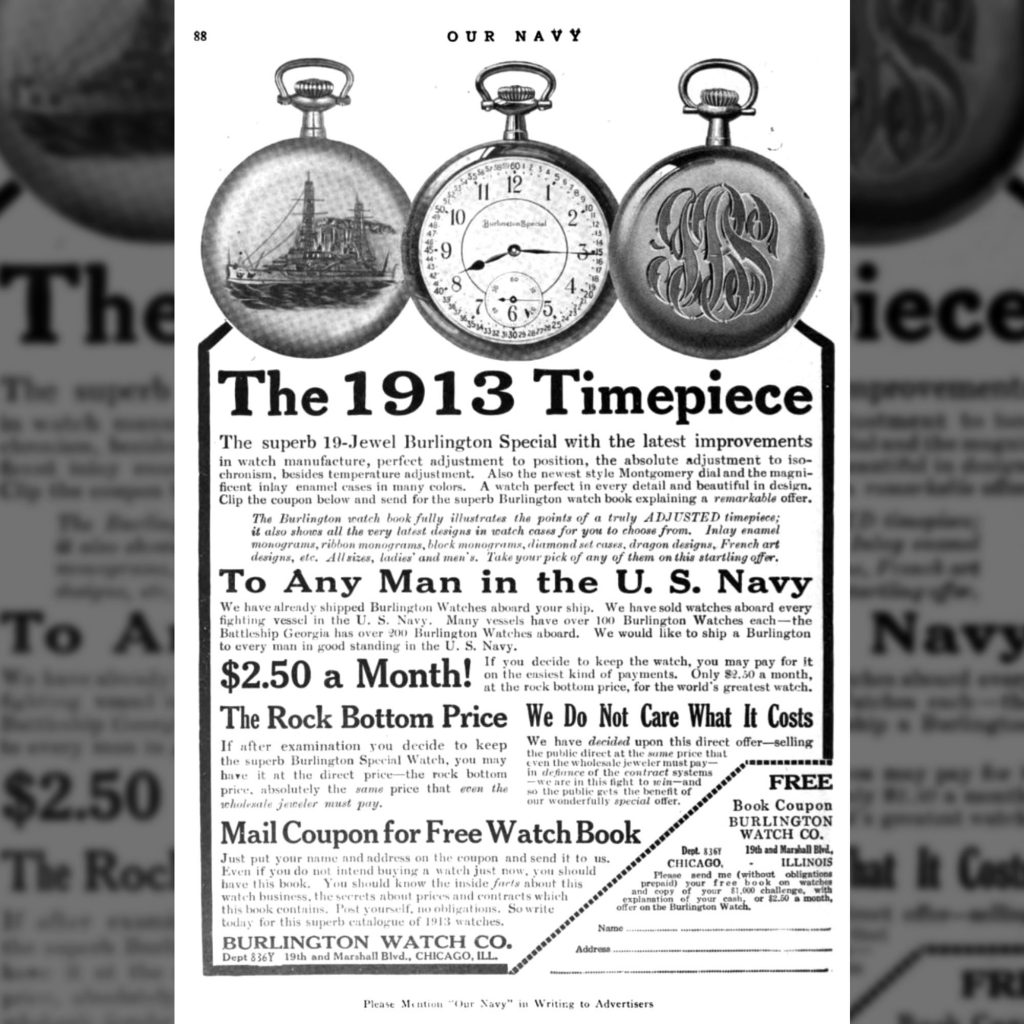
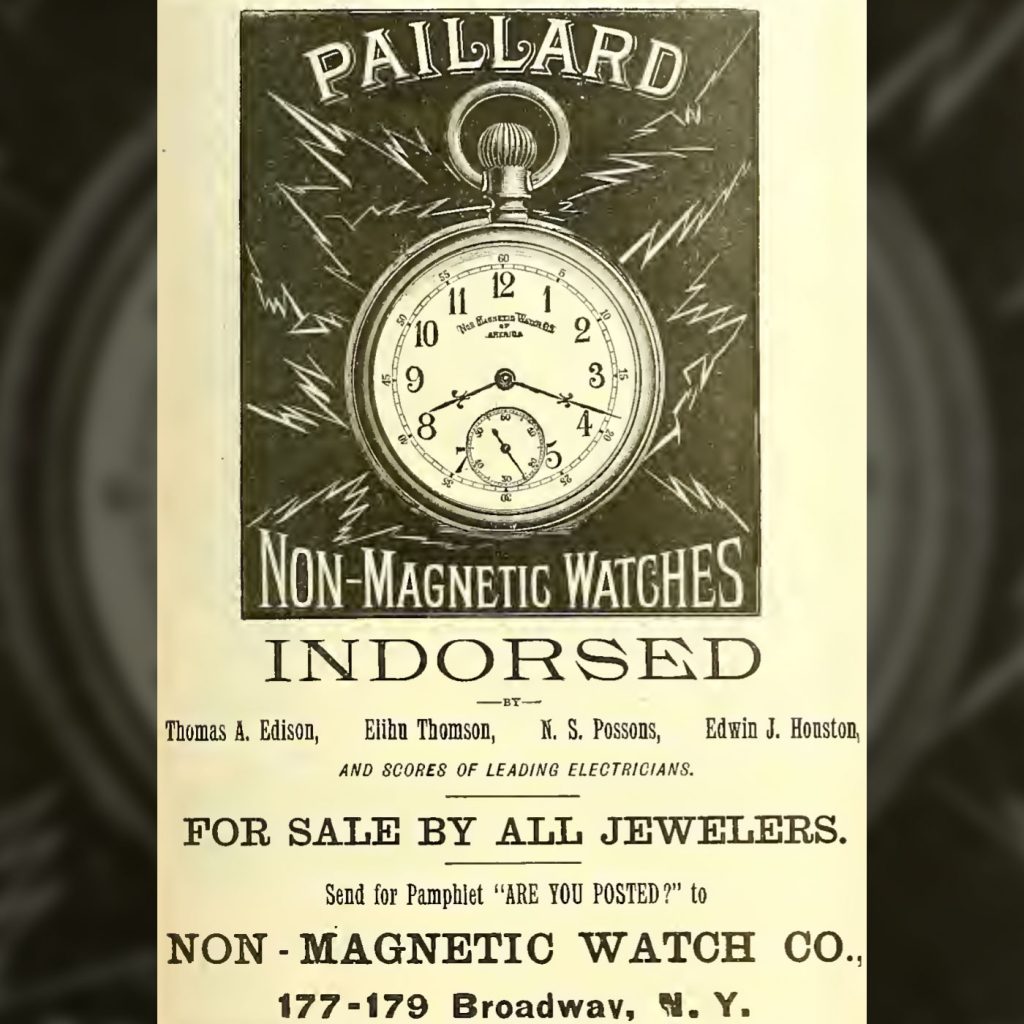

I’ve been a master watchmaker for over 53 years now and find this article about case markings very interesting. Thank you for putting it together and sharing it with all of us watch lovers. It may help keep some cases from being ground into so that a Nitric Acid test can be performed, that’s always a shame to see.
Thanks, Todd! I agree – the more cases we can save from destructive tests, the better.
I agree with both of the posts above! I also, am a 40 year plus watchmaker and have seen so many great cases being scraped! Some of these “butchers” just hammer or dig the movements out of some beautiful solid gold cases…………RA